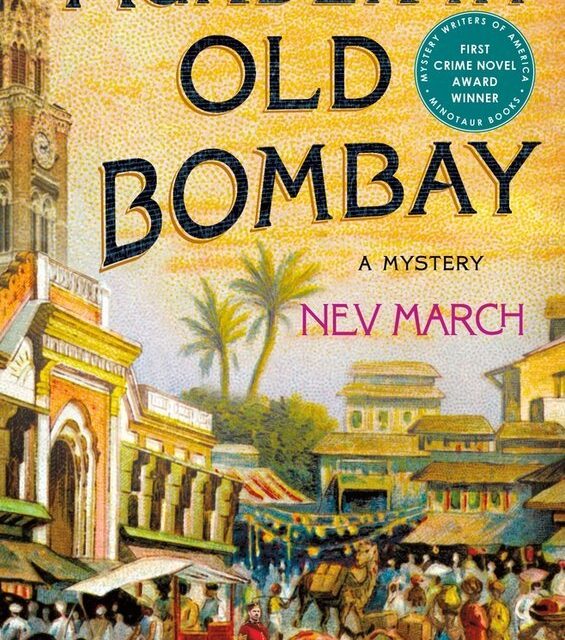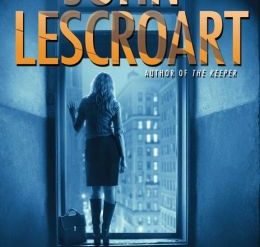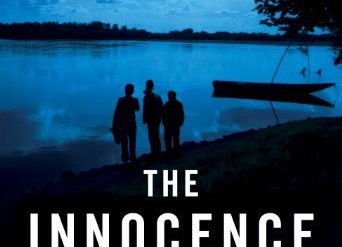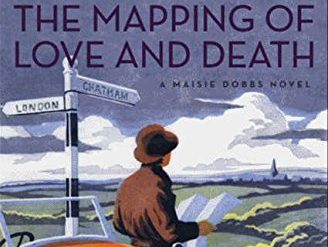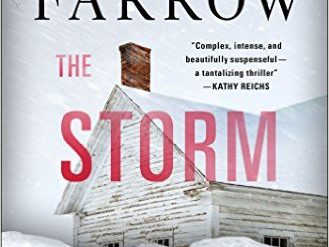
All the elements are here for a gripping mystery. The brutal unsolved murder of two young society ladies. A posh mansion on a hill in the city’s most exclusive neighborhood. Military expeditions into territory ruled by violent tribesmen. The devout members of a tiny religious sect. And, yes, royalty. It all comes together in the widely-acclaimed debut novel by Indo-American author Nev March.
An unsolved murder cries out for Sherlock Holmes
Bombay. 1892. Thirty-year-old Captain James Agnihotri, late of the Fourteenth Light Dragoons, has left a military hospital after lengthy treatment for wounds he suffered on the Northwest Frontier. In the hospital, he had read an impassioned letter to the editor that unsettled him. A wealthy young Indian lawyer named Adi Framji had written the letter, pleading for an explanation for the deaths of his wife and sister. Now, Agnihotri has resolved to emulate his literary hero, Sherlock Holmes, and investigate on Framji’s behalf the young women’s unsolved murder. Framji will pay him well.
A perilous investigation
Details are sparse. For reasons unknown, the two young women, Bacha (Adi’s bride) and Pilloo Framji had ascended to the top of a tower on the Bombay University campus and fallen to their deaths two hundred feet below. After “The Trial of the Century” held weeks ago, two Muslim suspects charged with the murder—Seth Akbar and Saapir Behg—were acquitted, although Akbar had disappeared before the trial. Witnesses to the events on campus had been unhelpful. So Agnihotri sets out to bring the power of deductive reasoning to bear by reexamining every aspect of the case and re-interviewing all the witnesses.
As his patient investigation unfolds, Agnihotri begins turning up evidence that much more is involved than the murder itself. Somehow, a powerful Muslim principality in India’s south has played a role in the events. Donning one disguise after another like his hero, he ferrets out evidence the police had never obtained. But he finds that his own life is on the line more than once. It will take every shred of ingenuity and persistence he can muster to bring the case to resolution.
Murder in Old Bombay by Nev March (2020) 392 pages ★★★★★
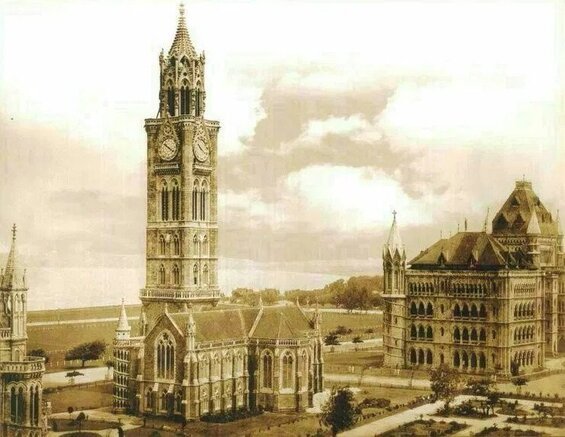
The historical setting
The British Raj
Murder in Old Bombay is set in the great city that today is called Mumbai. That year, 1892, the first collection of Sherlock Holmes stories was published as a book in London. Only the faintest stirrings of independence disturb the peace between the British Raj and the impoverished masses who populate the vast Indian subcontinent. The Indian National Congress had been founded barely half a dozen years earlier and was then, and for years to come, a moderating, reformist movement dominated by pro-British Brahmins. In the closing decade of the nineteenth century, India—comprising today’s Pakistan, Bangladesh, Nepal, Burma, and Sri Lanka as well as most of India—was still the glittering jewel in Victoria‘s crown.
The princely states
A fictional independent kingdom called Ranjpoot figures prominently in this tale of an unsolved murder, and some of the action takes place there. As March explains, “While vast landscapes of India were ruled by the British Raj, numerous pockets, called princely states, were held by local Rajas, or princes. An Indian prince must obtain British approval before he could inherit his throne. If succession was disputed, the British Raj could take control.” But March’s word “numerous” doesn’t begin to convey the reality of India late in the nineteenth century.
In fact, even after considerable attrition because the British took over many of these states, there were still 565 officially recognized princely states when India gained its independence in 1947. They covered 40% of the country and housed 23% of its population. The leadership of independent India and Pakistan somehow managed to incorporate most of the princely states through what can only be called bribery within a few years. By 1972 they were gone as independent entities in both countries.
The Northwest Frontier
Captain James Agnihotri is haunted by events that took place in Karachi, a city on what was then India’s Northwest Frontier. (Today, the city of Karachi is Pakistan’s largest and the twelfth largest in the world.) There, Afghan tribesmen had penetrated from the hills to the north and west to drive the British out of their lands. The conflict between the two forces raged since 1839 when the First Anglo-African War broke out following a British invasion. As we know all too well in light of Americans’ own humiliating recent experience in Afghanistan, events did not turn out well for the British.
The Parsees
Adi Framji and the two young women who died at the Rajabai Clock Tower are Parsees (today more familiarly spelled “Parsis”). They’re members of a Zoroastrian sect with its roots in ancient Persia. “One could not venture to Bombay without meeting a Parsee,” Agnihotri muses. “Widely respected, they were everywhere. Enterprising businessmen, affably pro-British, they owned hotels, newspapers, and plantations, ran shipyards and banks.” And Parsis such as Jamsetji Tata (1839-1904), founder of today’s massive conglomerate Tata Group, were instrumental in launching India into the industrial age. Today, it’s estimated that India houses fewer than 25,000 Parsis. Yet the community remains wealthy and influential far out of proportion to its numbers.
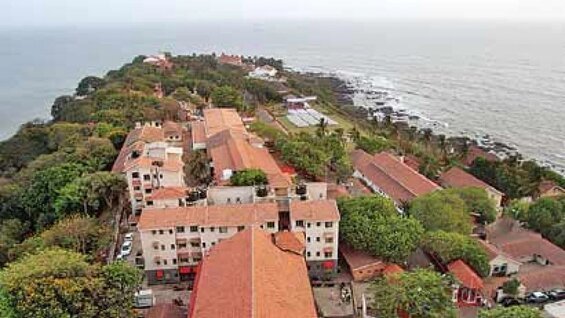
Malabar Hill
In the novel, the younger-generation Framjis live with their parents in a mansion on Malabar Hill. Located on the shore of the Indian Ocean in South Mumbai, the neighborhood then and now is the city’s most exclusive. It’s one of the most expensive residential neighborhoods in the world. Its residents include many of the country’s fast-growing population of billionaires. The situation was much the same in 1892. And if anyone should have been able to prod the police to clear this unsolved murder from their books, it would surely have been one of the wealthy families living on Malabar Hill.
About the author

From Nev March‘s author website: “After a long career in business analysis, in 2015 she returned to her passion, writing fiction and now teaches creative writing at Rutgers-Osher Institute. A Parsee Zoroastrian herself, she lives in New Jersey with her husband and two sons. Murder in Old Bombay is her debut novel.” The book was a nominee for the Edgar Award for the Novel and for several other prestigious awards.
In an article she wrote for the website criminalelement, March reveals the inspiration for the novel. The article, entitled “A Hundred-Year-Old Unsolved Crime Inspires A Crime Novel and A Personal Journey” (November 5, 2020), identifies the historical facts on which she based her story. Two sisters, Bacha Godrej and Pilloo Kamdin, fell to their deaths from the Rajabai Clock Tower at Bombay University in 1891. A person named Manek Aslaji—Maneck in the novel—was tried for murder, but acquitted for lack of evidence. His co-conspirators were never found. The crime remains unsolved to this day.
The young women who died at the tower were members of a prominent Parsi family, the Godrejs. The Godrej family manages and largely owns the Godrej Group, a diversified conglomerate. The estimated net worth of its managing director, Jamshyd Naoroji Godrej, is currently $2.4 billion.
For more reading
Check out Good books about India, past and present. And if you’re interested in other historical mysteries set there, see The Wyndham and Banerjee historical detective novels set in colonial India.
You might also enjoy my posts:
- Mystery and thriller series starters can be misleading
- Top 10 mystery and thriller series
- 20 excellent standalone mysteries and thrillers
- 5 top novels about private detectives
- Two dozen outstanding detective series from around the world
For an abundance of great mystery stories, go to Top 20 suspenseful detective novels (plus 200 more). And if you’re looking for exciting historical novels, check out Top 10 historical mysteries and thrillers reviewed here (plus 100 others).
And you can always find my most popular reviews, and the most recent ones, plus a guide to this whole site, on the Home Page.

